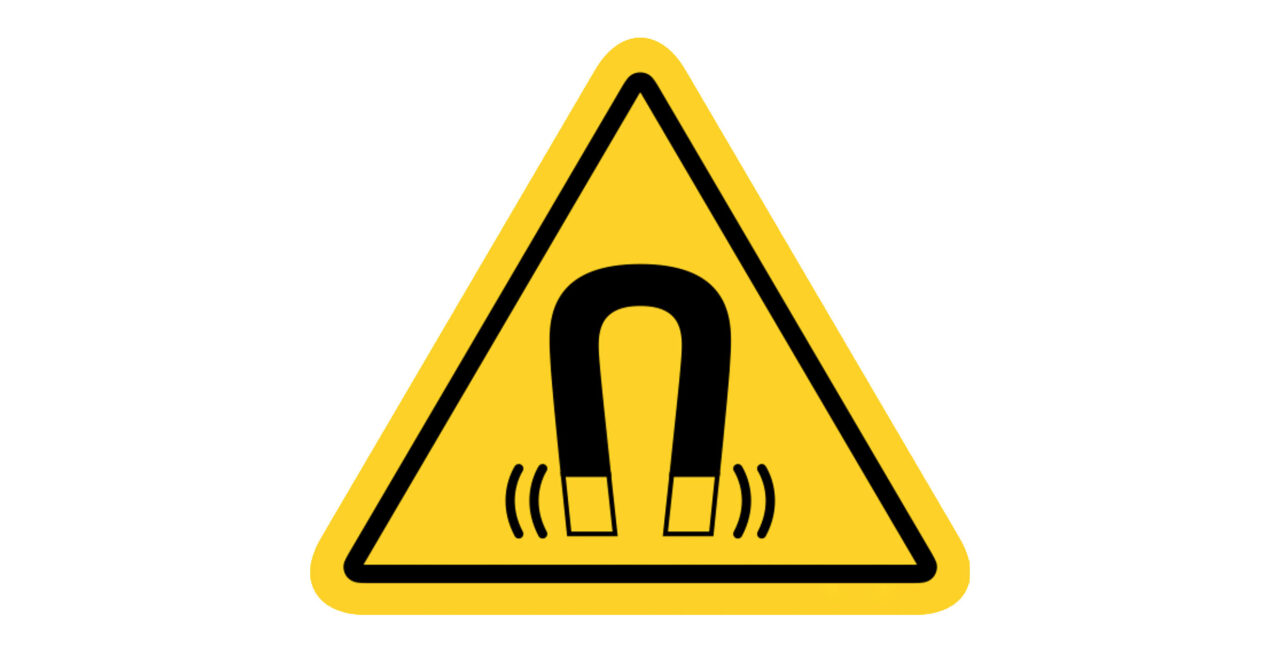The Risks of Assembling Magnetic Assembly without Professional Training
In today’s do-it-yourself culture, many individuals are tempted to undertake projects beyond their expertise, including the assembly of magnetic assemblies without proper training. Like lots of people watch youbute and learn how to assemblly Halbach array, magnetic roller and so on.
It looks like easy and no risk. That is because you have not realize it. In fact that entails significant risks and potential hazards that cannot be overlooked.
Understanding the Dangers
When individuals purchase magnets (big or high grade magnet) to assemble magnetic assemblies without professional guidance, they expose themselves to various dangers:
1. Magnet Mishandling
Magnets, especially neodymium magnets, can exert substantial magnetic force. Without proper handling techniques, individuals risk pinching their fingers or other body parts between magnets, leading to painful injuries.
2. Magnetic Field Interference
Improper assembly of magnetic assemblies can result in unintended interference with nearby electronic devices. This interference may disrupt the functioning of electronic equipment or corrupt stored data, posing a threat to personal and professional devices. A typical case is that your valuable mechanical watch will be magnetized, causing the watch to be inaccurate. And then you need pay for the demagnetization.
3. Adhesion Hazards
Magnets have a strong propensity to adhere to ferrous surfaces. If assembled incorrectly or stored haphazardly, magnetic assemblies may unintentionally attach to metal surfaces, creating inconvenience or even hazardous situations.
4. Instability
Inexperienced individuals may overlook the potential instability of magnetic assemblies. Poorly assembled assemblies can exhibit unpredictable magnetic behaviors or uneven magnetic field distributions, increasing the risk of accidents or structural failure.
Make The Risks Small
To mitigate the risks associated with assembling magnetic components independently, individuals should adhere to the following guidelines:
1. Education and Training
Seek comprehensive training and education on magnet handling, assembly techniques, and safety protocols from reputable sources or professional organizations.
2. Follow Manufacturer Guidelines
Follow the manufacturer’s instructions and recommendations meticulously when handling, assembling, or using magnetic assemblies. Pay close attention to warnings regarding magnet strength and potential hazards.
3. Proper Equipment and Tools
Utilize appropriate equipment and tools for magnet handling and assembly to minimize the risk of accidents or injuries. Wear protective gear, such as gloves and safety goggles, when working with magnets.
4. Environment Assessment
Evaluate the surrounding environment for potential magnetic field interference with electronic devices or sensitive equipment. Take precautions to shield or isolate magnetic assemblies from susceptible devices.
5. Quality Assurance
Ensure the integrity and quality of magnetic assemblies by sourcing them from reputable suppliers or manufacturers. Inspect assemblies for defects or irregularities before assembly to prevent performance issues or safety concerns.
6. Risk Assessment
Conduct a thorough risk assessment before initiating any magnet assembly project. Identify potential hazards, implement preventive measures, and develop contingency plans to mitigate risks effectively.
Conclusion
In conclusion, the assembly of magnetic assemblies without professional training poses significant risks and hazards that individuals must acknowledge and address proactively. By understanding the dangers involved, adhering to safety guidelines, and seeking appropriate education and training, individuals can minimize the likelihood of accidents, injuries, and adverse consequences associated with DIY magnet assembly projects. Remember, safety should always remain a top priority in any endeavor involving magnets and magnetic assemblies.





